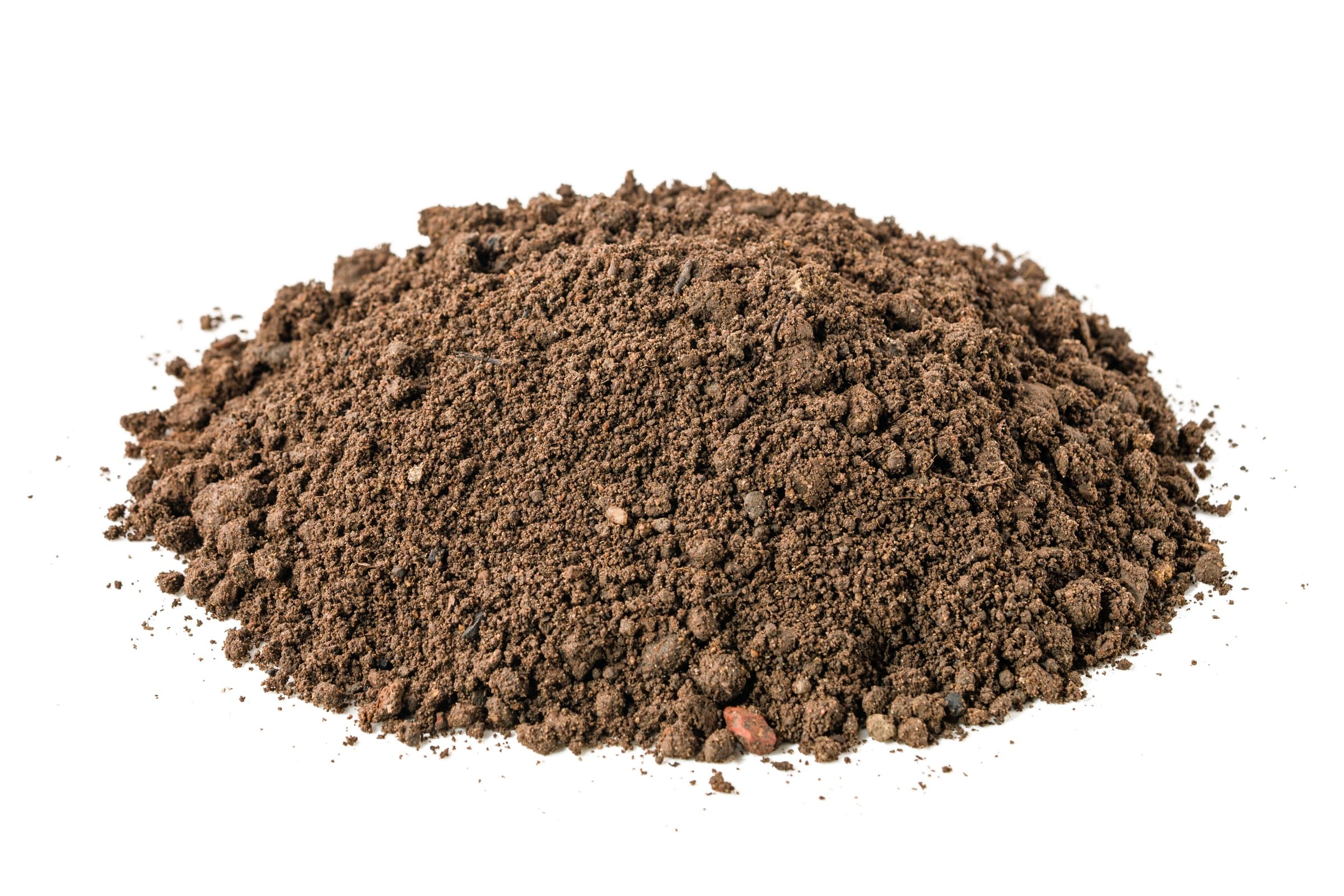A weathered surface layer in soil is typically a top layer that has been exposed to weathering agents like water, wind, temperature changes, and biological activity. This layer often has unique properties due to the weathering processes it has undergone.
Applications
Particle Size Distribution: Weathering processes can lead to the breakdown of larger rock particles into smaller ones, resulting in a finer texture for the surface layer.
Mineral Alteration: Minerals in the weathered surface layer may have undergone chemical changes, resulting in altered mineral compositions.
Color Changes: Weathering can influence soil color due to the formation of new minerals or the oxidation of existing minerals.
Increased Porosity: Weathering can create pore spaces within the soil, improving drainage and aeration.
Nutrient Changes: Some nutrients may become more available to plants due to mineral breakdown and release of elements like potassium, calcium, and magnesium.
Organic Matter Accumulation: Weathered surface layers often accumulate organic matter as plant material and other organic substances decompose.
Soil Structure Modification: Weathering can influence soil structure, promoting better aggregation and crumb formation
Benefits
Plant Growth: Weathered surface layers can provide a favorable environment for plant growth due to improved soil texture, drainage, aeration, and nutrient availability.
Water Infiltration: Enhanced porosity and improved soil structure in the weathered layer can facilitate water infiltration, reducing surface runoff and erosion.
Erosion Control: A well-developed weathered surface layer can reduce soil erosion by promoting better water infiltration and minimizing surface runoff.
Soil Fertility: The altered mineral composition and nutrient availability in the weathered layer can contribute to soil fertility, benefiting plant growth.
Carbon Sequestration: Accumulation of organic matter in the weathered surface layer can contribute to carbon sequestration, helping to mitigate climate change.
Landscaping and Agriculture: Weathered surface layers can be ideal for landscaping and agricultural activities due to their improved soil characteristics. It’s important to note that the exact characteristics and benefits of a weathered surface layer can vary based on the specific geological context, climate, and local environmental conditions.
If you’re dealing with a specific weathered surface layer in a certain location, it’s advisable to consult local experts or soil scientists to gain a deeper understanding of its properties and potential applications.
Products
More like this

AS4419 Soil
AS 4419 is an Australian Standard that pertains to soil classification and compaction testing. Specifically, it deals with the classification of soils for engineering purposes and provides guidelines for the compaction testing of soils....

Case
studies

Normark
Established in 1977, Normark are a second generation family business specialising in landscape design and construction across Melbourne. "From inner-city Melbourne courtyards to large commercial open spaces, Normark will deliver."

Normark
Established in 1977, Normark are a second generation family business specialising in landscape design and construction across Melbourne. "From inner-city Melbourne courtyards to large commercial open spaces, Normark will deliver."

Normark
Established in 1977, Normark are a second generation family business specialising in landscape design and construction across Melbourne. "From inner-city Melbourne courtyards to large commercial open spaces, Normark will deliver."

Normark
Established in 1977, Normark are a second generation family business specialising in landscape design and construction across Melbourne. "From inner-city Melbourne courtyards to large commercial open spaces, Normark will deliver."

Normark
Established in 1977, Normark are a second generation family business specialising in landscape design and construction across Melbourne. "From inner-city Melbourne courtyards to large commercial open spaces, Normark will deliver."


